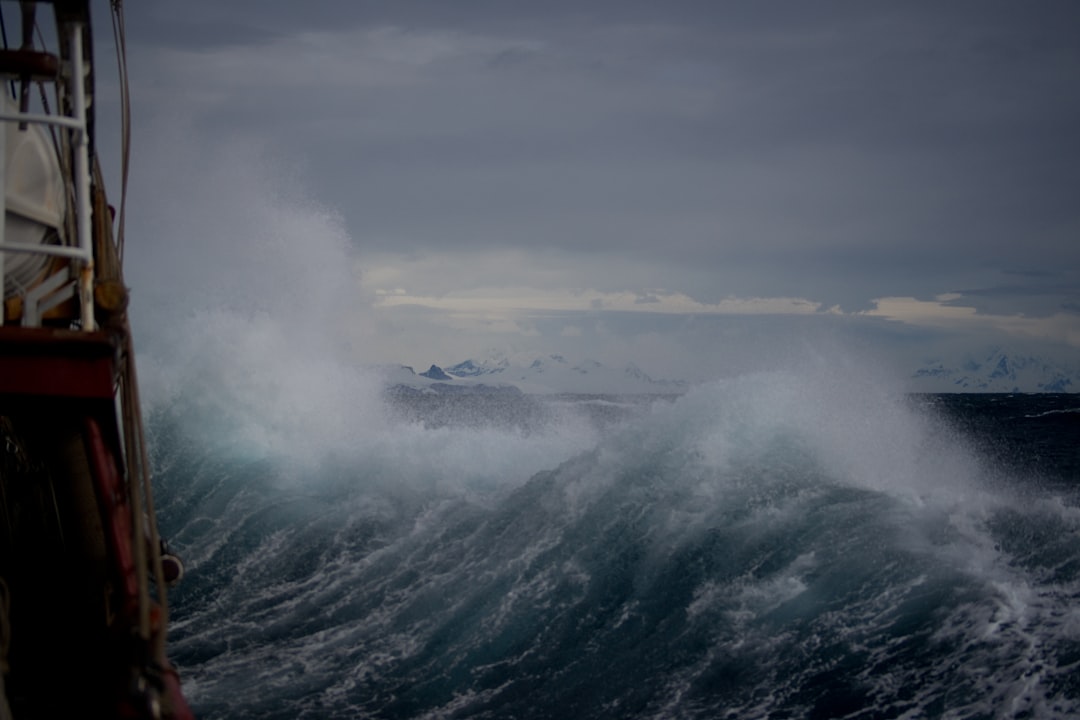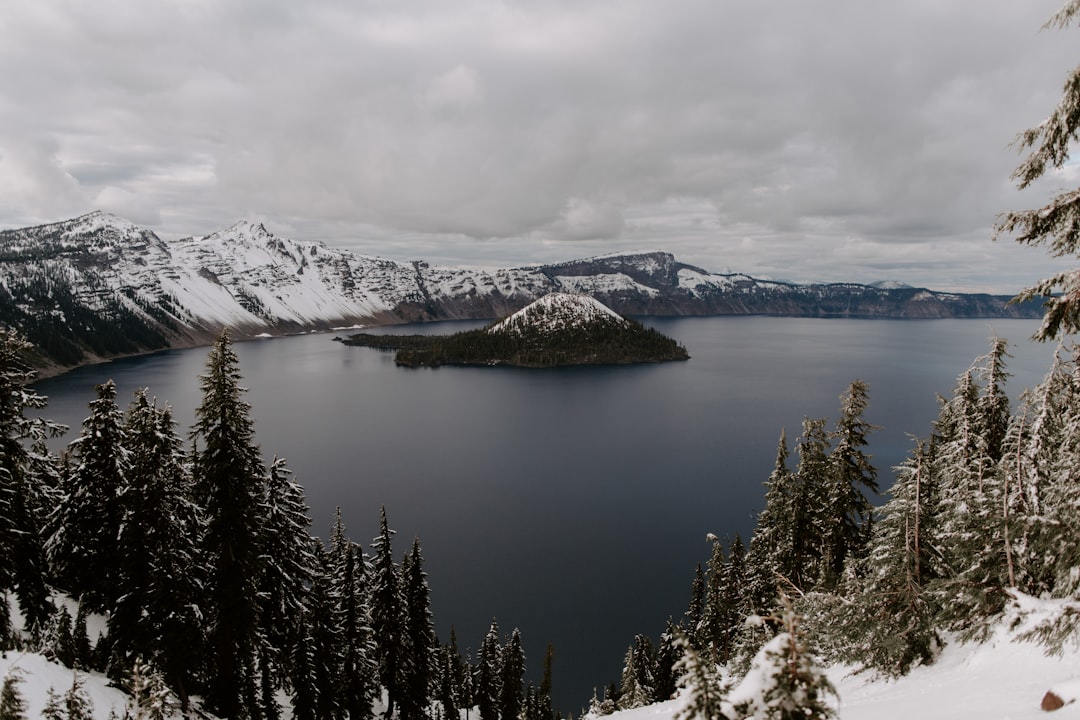What is it about?
This study investigates the transport of suspended materials by surface ocean currents in the Equatorial Atlantic and Caribbean Sea. Through Lagrangian experiments and the analysis of climatological Lagrangian Coherent Structures and Self-Organizing Maps, the study identifies recurrent pathways and transport barriers. The influence of wind on particle clustering and transport time is examined, and a case study focuses on the Mexican Caribbean nearshore area. The findings contribute to our understanding of material transport mechanisms and are important for managing and conserving marine ecosystems in the Western Atlantic and the Caribbean Sea.
Featured Image

Photo by Thor Tryggvason on Unsplash
Why is it important?
Understanding the transport of suspended materials by surface ocean currents is crucial for assessing the connectivity and distribution of both living and non-living components in marine ecosystems. By investigating the pathways and barriers of material transport in the Equatorial Atlantic and Caribbean Sea, this study provides valuable insights into the mechanisms that shape the dispersal and accumulation of particles. This knowledge is essential for effective ecosystem management, conservation efforts, and understanding the region's ecological processes. This study is also relevant regarding the sargassum problem in the Caribbean.
Perspectives
This publication provides valuable insights into the transport of suspended materials, including the pressing issue of sargassum in the Equatorial Atlantic and Caribbean Sea. While this study is not about sargassum transport, the sargassum problem was its trigger. Understanding the pathways and drivers of material transport is crucial for addressing the challenges posed by sargassum influxes and implementing effective mitigation strategies for coastal communities and ecosystems.
Christian Appendini
Universidad Nacional Autonoma de Mexico
Read the Original
This page is a summary of: Lagrangian characterization of surface transport from the Equatorial Atlantic to the Caribbean Sea using climatological Lagrangian Coherent Structures and Self‐Organizing Maps, Journal of Geophysical Research Oceans, June 2023, American Geophysical Union (AGU),
DOI: 10.1029/2023jc019894.
You can read the full text:
Contributors
The following have contributed to this page










